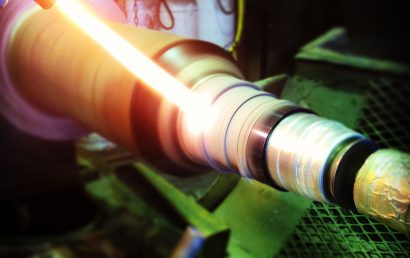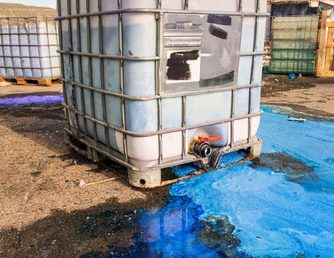What You Need To Know About Stainless Steel Maintenance
For applications in which aesthetic appeal, strength, and/or inherent corrosion resistance are required, stainless steel is frequently chosen. It is not, however, maintenance free. Due to surface deposits, stainless steel can discolor and stain, dependent upon the conditions. For stainless steel to do the job for which it was created, proper stainless steel maintenance must be executed.
A long service life and good performance can be expected from stainless steel, provided the surface finish is selected correctly, the grade of stainless steel is high-quality, and, on a regular basis, cleaning schedules are carried out.
A Program for Maintenance
No problems should present themselves during “before hand-over” cleaning as long as, during installation and fabrication, care was taken. If, however, the hand-over is delayed or the installation has been prolonged, more attention may be required. You can avoid problems later with immediate cleaning after site fixing if surface contamination is suspected. Applicable to certain industries, an extremely high level of cleanliness may be required under the following applications (and more):
- Certain nuclear applications
- Aerospace
- Pharmaceutical
- Food handling
The industry or application has everything to do with the frequency of cleaning. Here is an easy rule to live by when it comes to stainless steel maintenance: In order to restore its original appearance, clean the metal when it’s dirty. It doesn’t get much easier than that!
For example, stainless steel that is being used inside of a closed shop where air cleaning systems are used and in good operational order will not need anywhere near as much cleaning and maintenance as stainless steel that is being used in a Marine or coastal environment (salt is extremely corrosive).
Maintenance Factors
By whatever means necessary, on the surface of stainless steel, the formation of deposits and the possibility of surface contamination must be prevented. What kind of deposits are we referring to? They could be rust or iron generated during construction which present themselves as minute particles. Equally corrosive are atmospherically produced deposits (either naturally occurring or industrial in nature) such as salt deposits found in marine conditions (as suggested above).
In working environments such as swimming pool buildings, aggressive conditions like humidity and heat can result in stainless steel surface discoloration. In cases like this, frequent maintenance is likely to be required.
For hygienic purposes, bleaches, sterilizers, and other cleaners are used in modern day cleaning processes. If used correctly and in accordance with the manufacturer’s instructions, proprietary solutions should be safe. However, stainless steel corrosion or discoloration can result if they are used incorrectly. To clean tiling and masonry of some buildings, occasional use of strong acid solutions occurs. Including stainless steel, they should never come in contact with or be used on metals. If these acids are accidentally introduced to metal, they must be immediately removed. The metal must then be heavily diluted and repeatedly clean-water rinsed.
A&A Coatings can provide the type of protective coating you need, be it on stainless steel or some other material more conducive to the working conditions present at your company. If you’d like to speak to someone about thermal spray protective coatings, contact one of our knowledgeable representatives today.



